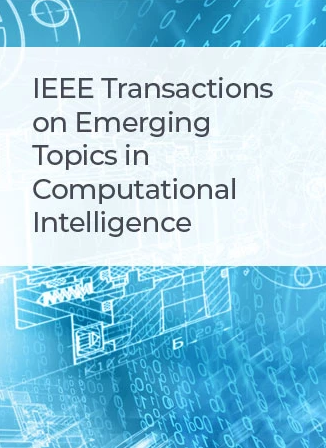深度学习视频超分辨率调查
IF 5.3
3区 计算机科学
Q1 COMPUTER SCIENCE, ARTIFICIAL INTELLIGENCE
IEEE Transactions on Emerging Topics in Computational Intelligence
Pub Date : 2024-03-17
DOI:10.1109/TETCI.2024.3398015
引用次数: 0
摘要
视频超分辨率(VSR)是低级计算机视觉领域的一个突出研究课题,深度学习技术在其中发挥了重要作用。深度学习及其在 VSR 中的应用进展迅速,导致文献中的工具和技术激增。然而,这些方法的使用往往没有得到充分的解释,决策主要受量化改进的驱动。鉴于 VSR 在多个领域的潜在影响力,对 VSR 研究中使用的元素和深度学习方法进行全面分析势在必行。这种有条不紊的分析将有助于根据特定应用需求量身定制模型。在本文中,我们将对基于深度学习的视频超分辨率模型进行总体概述,研究每个组成部分并讨论其影响。此外,我们还简要介绍了最先进和早期 VSR 模型所采用的关键组件和技术。通过阐明基础方法并对其进行系统分类,我们确定了该领域的趋势、要求和挑战。作为对基于深度学习的 VSR 模型的首次调查,这项工作还建立了一个多层次的分类法,以指导当前和未来的 VSR 研究,促进 VSR 实践的成熟和对各种实际应用的解释。本文章由计算机程序翻译,如有差异,请以英文原文为准。
A Survey of Deep Learning Video Super-Resolution
Video super-resolution (VSR) is a prominent research topic in low-level computer vision, where deep learning technologies have played a significant role. The rapid progress in deep learning and its applications in VSR has led to a proliferation of tools and techniques in the literature. However, the usage of these methods is often not adequately explained, and decisions are primarily driven by quantitative improvements. Given the significance of VSR's potential influence across multiple domains, it is imperative to conduct a comprehensive analysis of the elements and deep learning methodologies employed in VSR research. This methodical analysis will facilitate the informed development of models tailored to specific application needs. In this paper, we present an overarching overview of deep learning-based video super-resolution models, investigating each component and discussing its implications. Furthermore, we provide a synopsis of key components and technologies employed by state-of-the-art and earlier VSR models. By elucidating the underlying methodologies and categorising them systematically, we identified trends, requirements, and challenges in the domain. As a first-of-its-kind survey of deep learning-based VSR models, this work also establishes a multi-level taxonomy to guide current and future VSR research, enhancing the maturation and interpretation of VSR practices for various practical applications.
求助全文
通过发布文献求助,成功后即可免费获取论文全文。
去求助
来源期刊

IEEE Transactions on Emerging Topics in Computational Intelligence
Mathematics-Control and Optimization
CiteScore
10.30
自引率
7.50%
发文量
147
期刊介绍:
The IEEE Transactions on Emerging Topics in Computational Intelligence (TETCI) publishes original articles on emerging aspects of computational intelligence, including theory, applications, and surveys.
TETCI is an electronics only publication. TETCI publishes six issues per year.
Authors are encouraged to submit manuscripts in any emerging topic in computational intelligence, especially nature-inspired computing topics not covered by other IEEE Computational Intelligence Society journals. A few such illustrative examples are glial cell networks, computational neuroscience, Brain Computer Interface, ambient intelligence, non-fuzzy computing with words, artificial life, cultural learning, artificial endocrine networks, social reasoning, artificial hormone networks, computational intelligence for the IoT and Smart-X technologies.
 求助内容:
求助内容: 应助结果提醒方式:
应助结果提醒方式:


